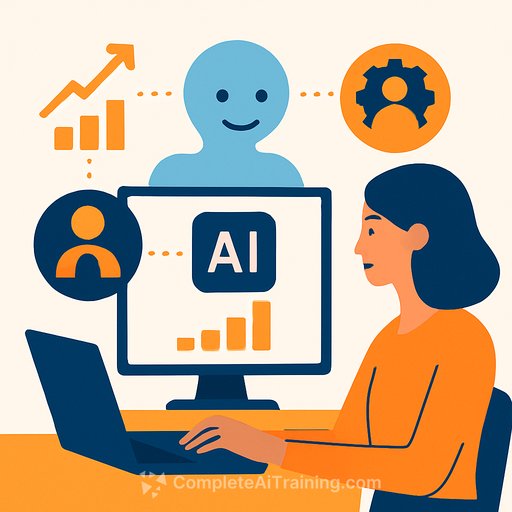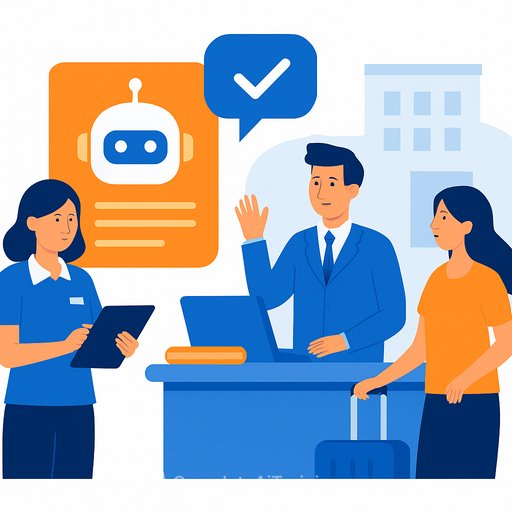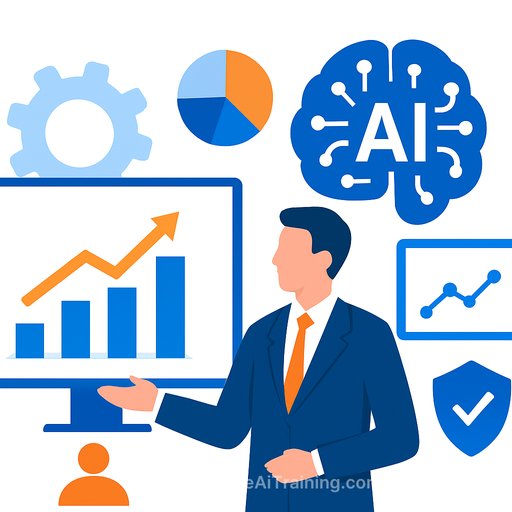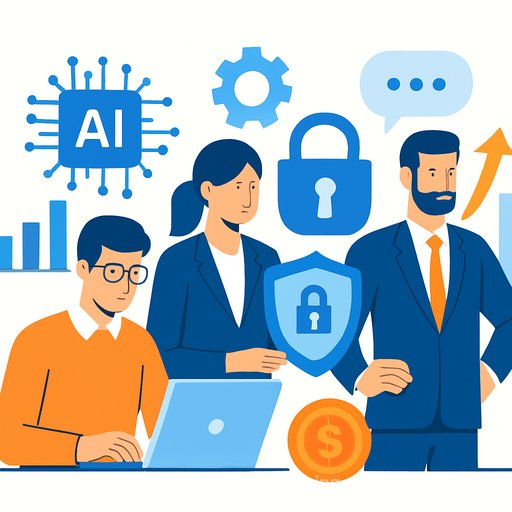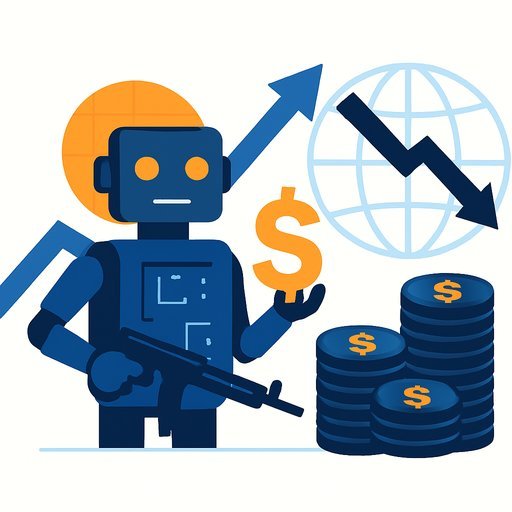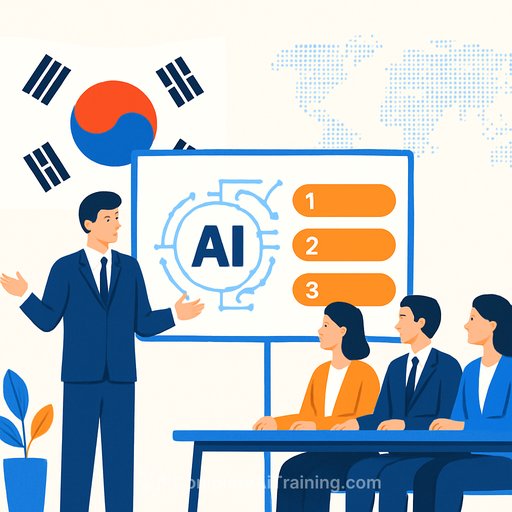How CHROs Can Supercharge Employees with AI
AI has moved from simple digital tools to intelligent automation. For HR leaders, this means rethinking recruitment, workforce planning, and employee service - fast.
IBM's latest research shows only 53% of executives use AI automation for workforce analysis today. Over the next two years, most CHROs plan to put AI tools directly in employees' hands, with some exploring fully autonomous automation to speed decisions and streamline operations.
What Agentic AI Means for HR
Autonomous, or agentic AI, learns from historical data - turnover, promotions, performance - to forecast needs and recommend actions without a prompt. It can propose who to hire, who to upskill, and where to redeploy talent with much tighter accuracy than manual analysis.
Jon Lester, Vice President of HR Technology at IBM, summed it up: "It remembers what you told it yesterday and can apply that information to actions today. You can build use case after use case. It blows chatbots out of the water."
Where CHROs Are Betting First
- Recruitment automation (62%) - screening, ranking, and scheduling.
- Employee self-service via digital assistants (61%) - policy, pay, PTO, and case resolution.
- Talent acquisition analytics (52%) - sourcing channels, quality of hire, and time-to-fill.
IBM's Playbook: From Chatbots to AskHR
IBM began its HR AI path in 2017. Under CHRO Nickle LaMoreaux, the team unified multiple chatbots into AskHR, a single entry point for policies, FAQs, and help. The lesson: consolidate fragmented tools into a coherent employee channel, then layer in AI agents for more complex work.
As LaMoreaux put it on stage at a recent HR Tech conference: "AI is not magic. It's amazing, impressive technology that can totally transform your business. But it takes hard work, behavior change, culture change, business process change and sometimes leadership change."
Skills, Headcount, and the Real Impact
Adoption anxiety is real. HR leaders expect 56% of employees will need upskilling to work with AI. Even so, they anticipate a 2.5% workforce increase as roles shift to higher-value work.
IBM CEO Arvind Krishna told The Wall Street Journal that automation freed investment for "critical thinking" roles like engineering, sales, and marketing - and overall headcount rose as a result.
A Practical Roadmap for CHROs
- Start with high-friction workflows: candidate screening, interview scheduling, offer generation, policy Q&A, case routing.
- Deploy an HR assistant: a unified front door (like AskHR) for employees. Route simple requests to AI; escalate exceptions to humans.
- Stand up workforce forecasting: use agentic AI to model attrition, internal mobility, and skills gaps by function and location.
- Launch AI-driven learning: map critical roles and skills, push role-based paths, and measure skill progression, not seat time.
- Create an AI council: HR, Legal, IT, Risk, and DEI to govern privacy, fairness, and model performance.
- Pilot, then productize: 90-day pilots with clear KPIs. Bake successful pilots into standard operating procedures.
Governance and Risk Controls
- Bias and fairness: audit data sources, apply fairness constraints, and monitor adverse impact.
- Privacy and security: minimize personal data, use role-based access, and log model decisions.
- Quality and drift: track accuracy, false positives/negatives, and recalibrate models quarterly.
- Change management: transparent comms, opt-in pilots, and manager toolkits to build trust.
Metrics That Matter
- Productivity: IBM's data points to a 35% lift.
- Learning effectiveness: +30% improvement.
- Retention: +20%.
- Employee sentiment: projected +26% to Net Promoter Score.
- Recruiting efficiency: time-to-fill, quality of hire, and recruiter capacity per open role.
- Service performance: first-contact resolution, case cycle time, and self-service adoption.
Your 90-Day Plan
- Weeks 1-2: pick two use cases (e.g., screening and AskHR). Define KPIs and risk controls.
- Weeks 3-6: implement pilots with a cross-functional squad. Train managers and employee champions.
- Weeks 7-10: measure outcomes, run fairness and quality audits, and refine workflows.
- Weeks 11-13: scale what works, retire duplicative tools, and publish a quarterly AI scorecard.
What to Communicate to Employees
- AI supports your work and development. It does not replace performance conversations or career decisions.
- Skills are the currency. Everyone gets a learning path and time to upskill.
- We audit for fairness and quality. You can see how decisions are made and request a human review.
Resources
Learn more about enterprise AI approaches from IBM's research and guidance: IBM AI.
If you are rolling out AI-driven learning at scale, explore curated programs by role and skill: Complete AI Training: Courses by Job.
The Bottom Line
CHROs that move first - with clear use cases, strong governance, and focused upskilling - will set a higher bar for productivity and employee experience. The tools are ready. The gap is execution.
Your membership also unlocks:

